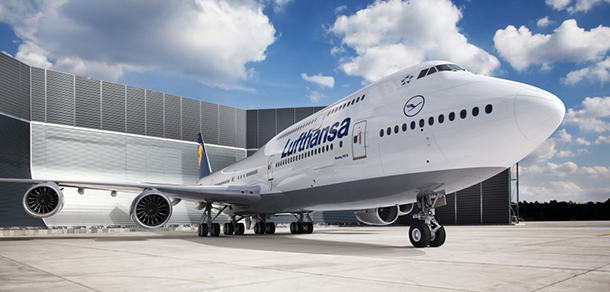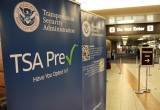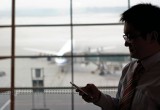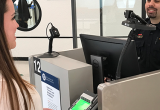Biometric boarding arrives at LAX, SITA project wins award
11 April, 2018
category: Biometrics, Corporate, Transit
Biometric boarding at airports continues to gain more of the spotlight, with Lufthansa Group testing a new U.S. project that involves facial recognition, and SITA winning a respected award for similar work with Jet Blue.
Integrating checks with government systems is one of the hardest challenges to solve in the passenger identification and authentication process
First, the new Lufthansa pilot. The German airline says it has worked with I.T. provider Amadeus and U.S. Customs and Border Protection (CBP) to deploy self-boarding gates that use facial recognition technology to identify and authenticate passengers at Los Angles International Airport. The captured facial images go to CBP databases for real-time matching and verification within a few seconds. The technology negates the need for passengers to show boarding passes and passports before boarding planes. Passengers still must show ID to pass through general security gates.
An earlier test of the technology resulted in the boarding of some 350 passengers onto an A380 airplane in about 20 minutes, Lufthansa says. “The increasing need for airlines, airports and authorities to offer faster and more convenient processes for guests to move through the airport creates a unique opportunity for the use of biometrics,” said Bjoern Becker, the airline’s senior director, product management ground and digital services.
Lufthansa plans to expand the pilot to other U.S. airports but offered no further details. “We anticipate that in near time, biometric boarding, as well as other aspects of the air travel experience, will be widely utilized across the U.S. and beyond,” Becker said.
Biometric boarding award comes as the technology continues to spread
That growth of biometric boarding appears increasing likely given the ongoing deployment of the technology—such as at boarding gates operated by U.S. carrier Jet Blue. That project involved CBP and SITA, recently earning SITA the Aviation Technology Achievement Award from Air Transport World. “This was the world’s first biometric boarding system using just a facial scan to board passengers while also completing the US customs and border exit checks,” SITA said. The project “demonstrated that biometric technology can reduce friction points in the airport experience including at boarding, where integrating checks with government systems is one of the hardest challenges to solve.”
Biometric boarding has also recently found a home—at least for pilots—in international airports in Orlando, New York and Miami.




